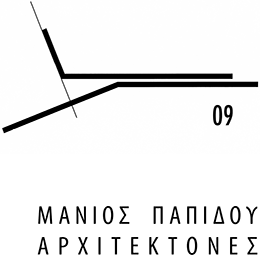
We examine space through its loci and, through their inevitable extension, we consider public loci as complexes of interiors. Questions regarding the development of urban collectivity, as well as the inhabited space as a whole, can be formulated on a new basis by means of the reversal of a conventional concept: in opposition to the common approach of public loci as open (to the inhabitants) areas in the interior of the urban fabric, or as fields that counterbalance the mass-to-void relationship within built-up areas, the complex of public loci appears as an extensive interior.
Adjusting to technological imperatives imposes restrictions as to the types of social territories that were being cultivated until recently. The shrinkage of those territories, which are only euphemistically called squares, parks, public buildings, is not due to the rapid extension of the urban fabric: it is now a communis opinio that what is understood as openness or (inside that) as urban collectivity and common action is not necessarily connected with “natural space”, nor does it take root in the past. Within the public urban landscape, it is therefore difficult to discern specific centers, specific leading or convergent movements or, simply, specific junctions of major traces: such loci cannot be considered as symbolic.
A significant transference is stressed, which is that of all kinds of actions from man and the territories, within which these actions are naturally applied or appeased, toward the growing interspace of those networks that connect men with advanced forms of technology. Complexes of public loci function as closed/self-enclosed interiors. The bonds that hold them together seem to be stronger than those forming the urban fabric, while their limits are diffused beyond certain metropolitan or geographical areas, inasmuch as they are overflown –and strictly defined– by multiform material and non-material information carriers, by flows of images-simulations of natural features and of technological accomplishments, as well as by flows of texts and slogans…
The suggestion for the opening per se of such interiors forces us to return through those interiors to reality itself. Man appears to proceed, also by means of this opening, toward the most uncanny (unheimlichste), which is no longer understood as that of human existence. This interpretative attempt has, unavoidably, a phenomenological hue.
